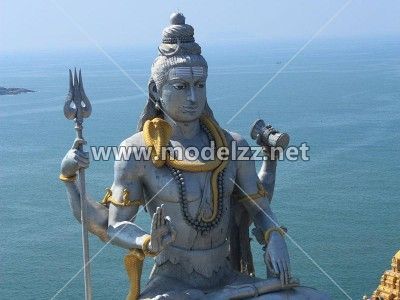Shiva is one of the three main gods of Hinduism and the king of the universe. Shiva is a Hindu triple god with Brahma and Vishnu. Shiva’s status is that of the destroyer, with a dual character of reproduction and destruction, creation and destruction. He presents a variety of strange and grotesque features, including terror, gentleness, superman, three faces, dancing king, lijia of the Lord, half female of the Lord. Lingais the most basic symbol of Shiva.

Shiva custom sculptures and sculpture reproductions are seen on many occasions. In Hindi, Shiva means benevolent but he’s more of a terror. You can also see it in Shiva sculpture, who rides a cyan bull, wears a necklace of snakes and skeletons around his neck, is covered in the ashes of the dead.

Among the many images of India, which one best represents it? If you look at religious representations, philosophical writings, artistic writings, and scientific writings in the Western world, one image will appear over and over again, and that is the dance of Shiva. The Shiva dance is the universal dance. In a sense, just as the cross is a symbol of Christianity, the crescent is a symbol of Islam. The dance of Shiva is a symbol of Indian culture.
The dance of Shiva religious carving is both a grotesque image (three eyes and four arms) associated with primitive witchcraft and a polytheistic thought. Therefore, the image of the Dance of Shiva as a symbol of Indian culture poses a series of troubles to the world. But it is these troubles that allow us to understand Indian culture from its own perspective. In this sense, the dance of Shiva takes on a deeper meaning. We have not seen the real image of Shiva, you may often imagine a penetrating image in your mind..

